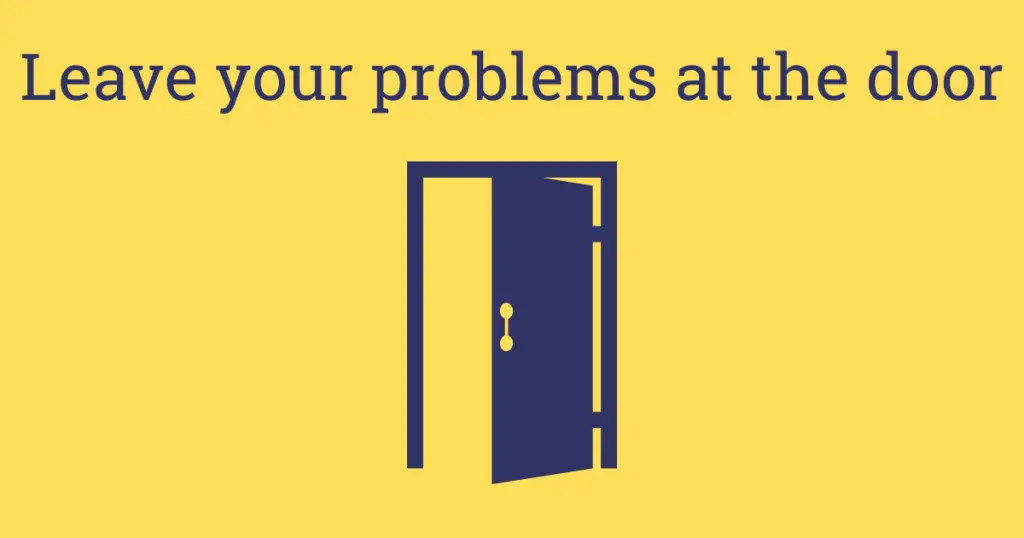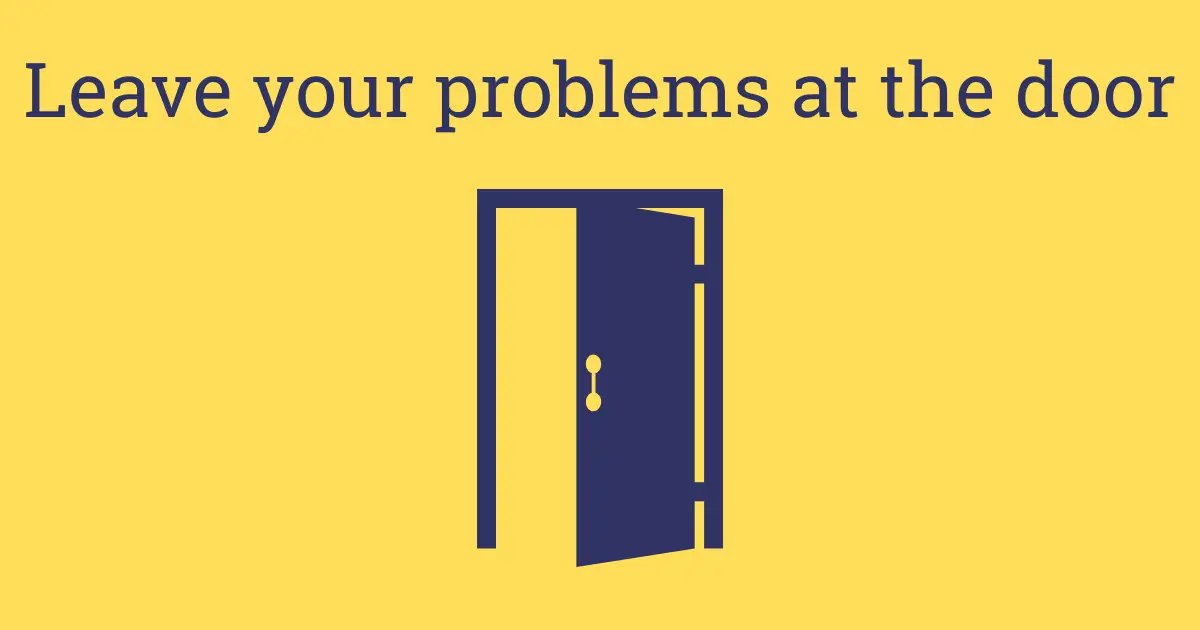We’re all human and sometimes our personal lives can distract us from making important decisions or participating fully in the moment. This technique aims to maximize productivity and focus in a group setting.
Method
Use this as a positive ice-breaker. Near the start of a meeting, session or workshop, ask all participants to write something down that’s bothering them or causing them stress and leave the pieces of paper (sealed in envelopes for privacy) in a box near the exit.
Step 1:
During the first 5-10 minutes of a meeting, give all participants a slip of paper, a pen and an envelope.
Step 2:
Ask them to write down something that’s stressing them out or causing them worry and seal it inside the envelope. Make sure each person writes their names on their respective envelopes.
Step 3:
Ask each person to place the sealed envelope in a pre-placed cardboard box (or it could be a box made from any material) to stay in situ for the duration of the session. Explain that their personal stresses are now locked away for the session.
Step 4:
At the end of the session, participants can collect their envelope and take their stresses back on board, or give people the option to rip them up and put them in the trash can as well!
You could place a trash can behind the box as a hint for participants to ‘toss out’ their stress.
Outcome:
Gives participants a reason to stay focused and on-track during an important meeting.
Pros of ‘Leave Your Problems at The Door’
- Encourages Mindfulness: This activity encourages participants to be mindful of their personal stress and distractions, which can help them stay focused and more productive during the meeting.
- Provides a Safe Space: By allowing participants to anonymously write down their personal stresses, this activity creates a safe and confidential space for them to release their worries and distractions.
- Promotes Team Bonding: By sharing their personal struggles, participants can feel more connected and empathetic towards each other, promoting team bonding and a sense of unity.
- Improves Focus: By removing participants’ personal distractions, this activity helps to improve focus and maximize productivity during the meeting.
Cons of ‘Leave Your Problems at The Door’
- Potential for Privacy Concerns: Some participants may have privacy concerns about writing down personal information, which could result in a lack of participation or discomfort among the group.
- Limited Time: If the meeting or workshop is time-sensitive, this activity may take up valuable time that could be better spent on other tasks.
- May not Address Issues: While this activity may help participants release their worries and distractions, it may not address the underlying issues causing these stresses.
Example
A facilitator is leading a workshop on team building and wants to encourage participants to stay focused and on-track. The facilitator uses the participatory activity described above, asking participants to write down their personal stresses and place them in a box.
At the end of the workshop, the facilitator observes that participants seem more focused and engaged in the activities, and feedback from the participants indicates that the activity helped them release their worries and distractions.
Summary
The participatory activity described above can be a useful tool for improving focus and promoting team bonding during a workshop on team building.
However, it is important to consider privacy concerns and the limited time it may take up during the workshop.
Feedback from participants may indicate that the activity helped them release their worries and distractions, but some participants may express concerns about the privacy of their personal information.


